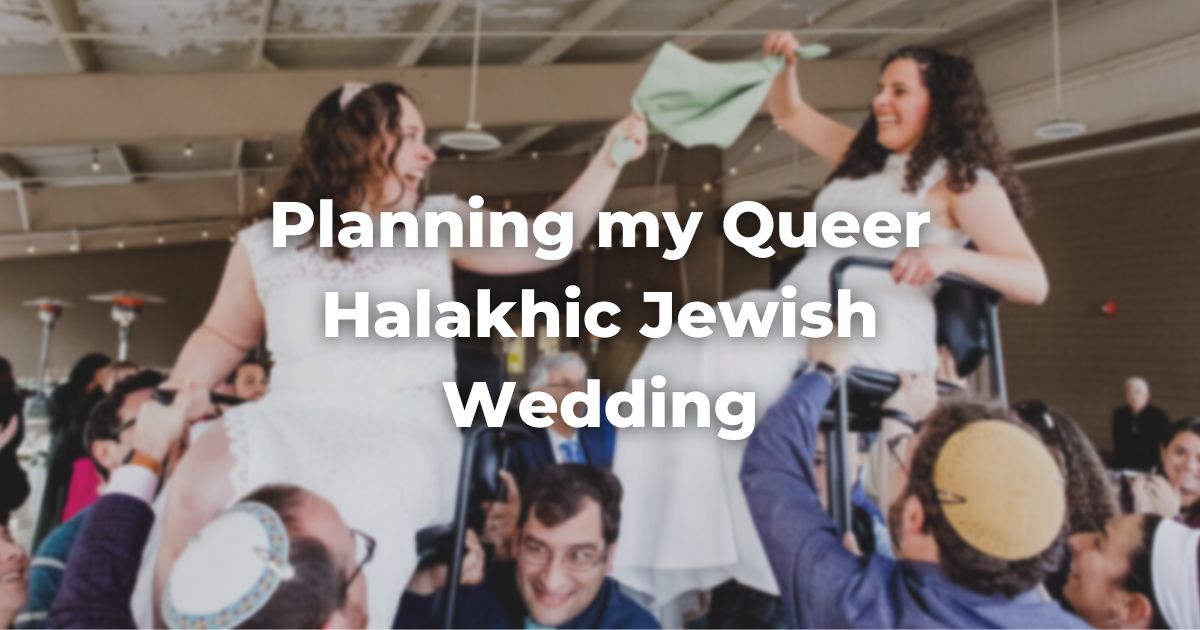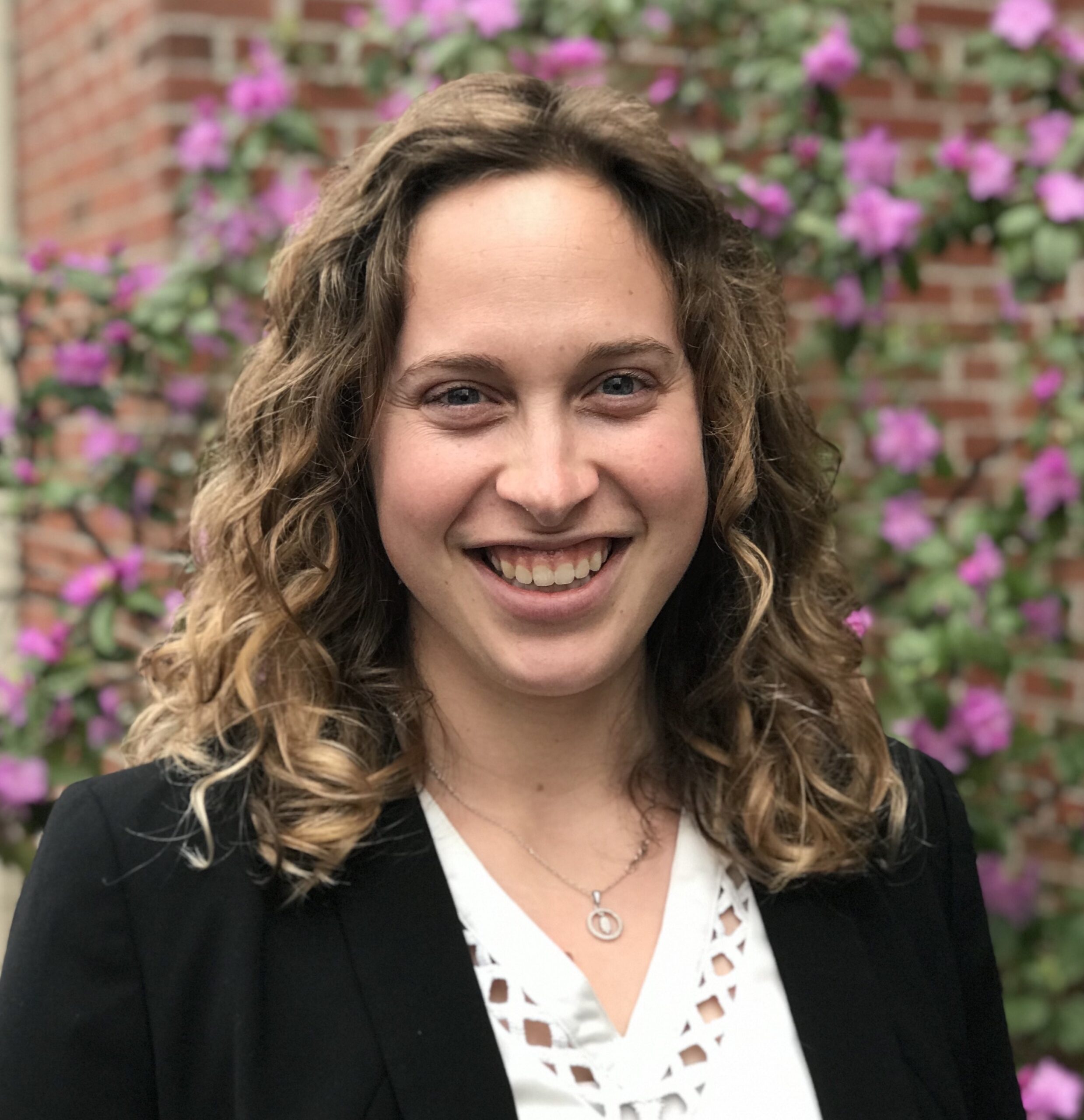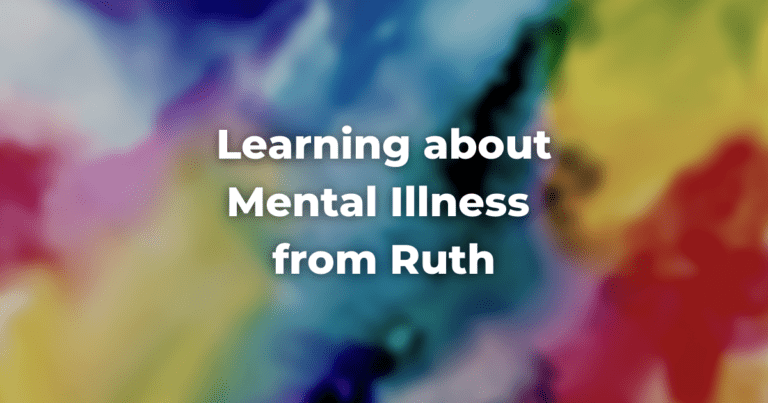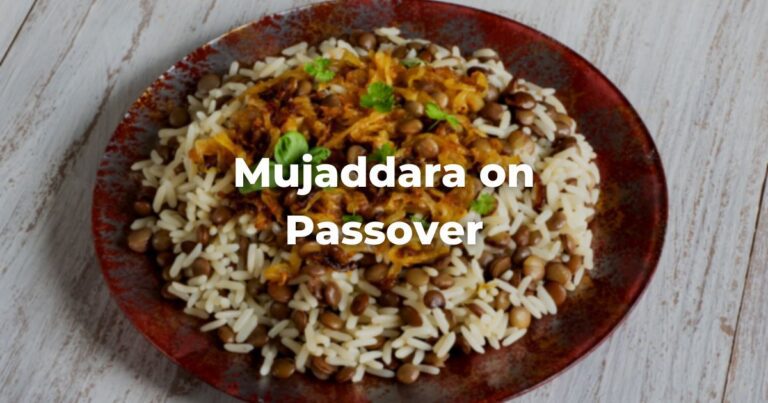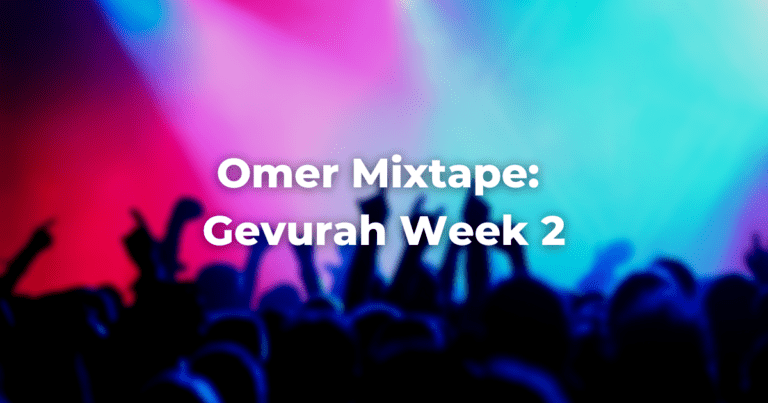When my wife and I were planning our wedding, we wanted it to rely heavily on beautiful Jewish traditions and customs we have in our religion, while also honoring us as a queer couple. While this was not the easiest of tasks, it is very much possible (and something a growing number of Jewish queer couples are choosing).
In some ways, we were lucky, my wife and I are both rabbis, so we were able to draw on our experiences officiating weddings and also access to resources and learning around weddings.
Now I want to bring some of those resources and experiences to you. This article will go through some of the choices we decided to make and why. This includes choices for the wedding ceremony, ketubah, sheva berachot (wedding blessings), circling, and breaking the glass.
I highly recommend talking these decisions through with your rabbi, who will be able to add in their own learning and experiences as well. If you are currently planning a wedding, this should help you make your own decisions (whether they be similar or different to ours), and if you are just curious about queer Jewish weddings, this will be a great overview.
Deciding on a ceremony:
After we found ourselves an awesome Rabbi to officiate, we had to decide what kind of ceremony we wanted. Thankfully there are actually a few different options that use some type of halachic framework to solemnize our partnership.
Kiddushin, the traditional way to bind a heterosexual couple together historically involved the groom acquiring the bride (so romantic). Thankfully, there are other options both for queer and straight couples that are more egalitarian. We wanted an option that would have a lot of the same structure as a more traditional Jewish wedding, like saying blessings over a cup of wine, exchanging rings, and the Sheva Berachot (The 7 Blessings), among other things.
With that in mind, we chose to adapt one of the ceremonies put out by the Rabbinical Assembly of the Conservative movement for same-sex couples. It has the same structure as a traditional ceremony, but with some different wording.
For example, the line that each member of the couple says to the other one during the ring exchange is “Be my covenanted partner, in love and friendship, in peace and companionship, in the eyes of God and humanity” instead of the usual “Behold you are consecrated to me, with this ring, in accordance with the laws of Moses and the people of Israel.”
I have worked with some couples who prefer to make their wedding ceremony look more conspicuously different, which is also a great option.
For that option, I recommend a Brit Ahuvim ceremony, first created by Rabbi Dr. Rachel Adler using the halachic framework of entering into a business partnership, a sharing of resources, but is used to formalize under Jewish law the marriage.
In short, instead of a ring exchange both members of the couple will contribute something of value (could be a ring or something else) into a pouch that is raised up to represent their shared partnership.
Picking your Ketubah:
This is a whole other topic worthy of greater exploration. The short version is that we picked a ketubah that was egalitarian and tied into the ceremony we chose. Depending on the wedding ceremony you choose, different ketubot might be more appropriate. Some ceremonies call the written document a brit ahuvim (lovers covenant) as well, and there are different formulations of a written brit ahuvim as well.
We chose the Ketubah we did because we liked the language it used, and appreciated that it was grounded in Jewish texts, while also representing what we hoped our partnership would be. Here is an excerpt from the text (See the full text on Page 16 of this document):
“Let it be known that our souls are bound one to the other with bonds of love and mutual devotion, and that it is our intention, with God’s help, to be exclusively faithful to each other all the days of our lives upon this earth. As our Sages taught: A person should find a partner with whom to eat, drink, read, study, sleep, and share every secret, secrets of TorahRefers to the first five books of the Hebrew Bible, the Tanakh, also called the Five Books of Moses, Pentateuch or the Hebrew equivalent, Humash. This is also called the Written Torah. The term may also refer to teachings that expound on Jewish tradition. and secrets of life. We shall share from this day a complete partnership, joyfully and wholeheartedly establishing a household in common with moral and financial responsibilities for one another. We shall be loving partners for each other and will cherish, respect, sustain and assist one another in righteousness and faithfulness. With God’s help may our dwelling be filled with love and harmony, peace and companionship, and may we be privileged to nurture together our Jewish heritage, our love for our fellow Jews and the dignity of every creature.”
The Sheva Berachot (7 blessings)
The Sheva Berachot are a beautiful series of seven blessings used in Judaism to bless the wedding couple.
Traditionally, some of these blessings refer to the groom and bride (hatan v’kallah) which we did not want in our bride-bride wedding. In most parts of the Sheva Berachot, we just took out the word groom and replaced it with the word bride.
Another option includes using the language of “beloved partners” (reyim ha’ahuvim/reyot ha’ahuvot) as a replacement when “bride and groom” are mentioned.
There is also an option to take out mention of groom or bride (in Dorff Nevins Reisner ceremony) and use already existing blessings from other contexts to incorporate into the series instead. This last option is a great one if one or both in the couple is non-binary. Consult with your rabbi/wedding officiant around this decision and others for your wedding for additional explanation.
Circling:
There is the custom that the bride circles the groom 7 times to represent the home they would be building together.
Nowadays, I encourage couples (regardless of gender makeup) to both circle each other since they are building the home together. We did this at our wedding. One of us circled 3 times, then the other circled 3 times, and then we did one circle together, adding up to 7.
Breaking the Glass:
Historically in a Jewish wedding (of a hetero couple) the groom breaks the glass, so there was a question of who would break the glass. I will note that any couple can choose to do something different, you don’t have to be queer.
For our wedding, We decided we both wanted to do it, so we got two glasses and counted to 3, it worked out well. One or both partners can break a glass.
Some practical considerations that will help in this decision-making process: are one or both of you wearing strappy sandals? If so, that person should NOT be the one breaking the glass. At least one of you should wear sturdy, close-toed shoes (trust me, I’ve heard horror stories, and I don’t want you injured at your wedding — you need to Hora!).
Final Words
While deciding what we wanted our wedding to look like, I felt fortunate that there were options, and that many couples who had come before us had helped pave the way for us to have a very Jewish, halachic, queer wedding.
I hope this article around our process helped to clarify some of the options and possibilities for a Jewish queer wedding.
*Image by Kelly Prizel
Author
-

Rabbi Becca Walker (she/her) is a rabbi in Northampton, MA. She recently moved from Toronto where she served as Engagement Rabbi for Beth David. Before that she was the Senior Jewish Educator at Michigan State University Hillel and Hillel Campus Alliance of Michigan. She has been an educator for over ten years, teaching at Hillels, religious schools, summer camps, adult learning initiatives and more. She has a passion for learning Jewish texts and finding ways to make them relevant and approachable for Jews of all different backgrounds. She also enjoys cooking, outdoor adventures and listening to podcasts.
View all posts

